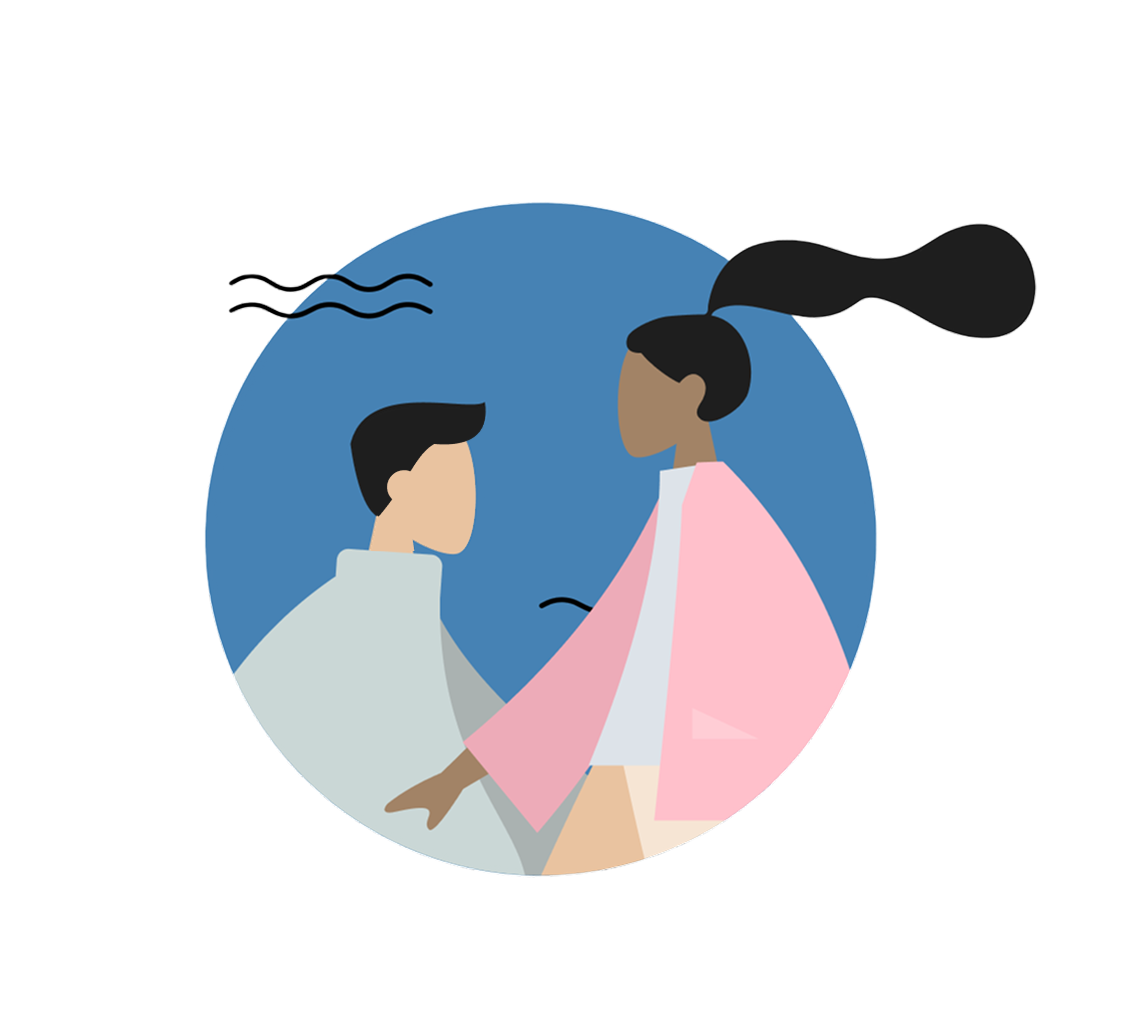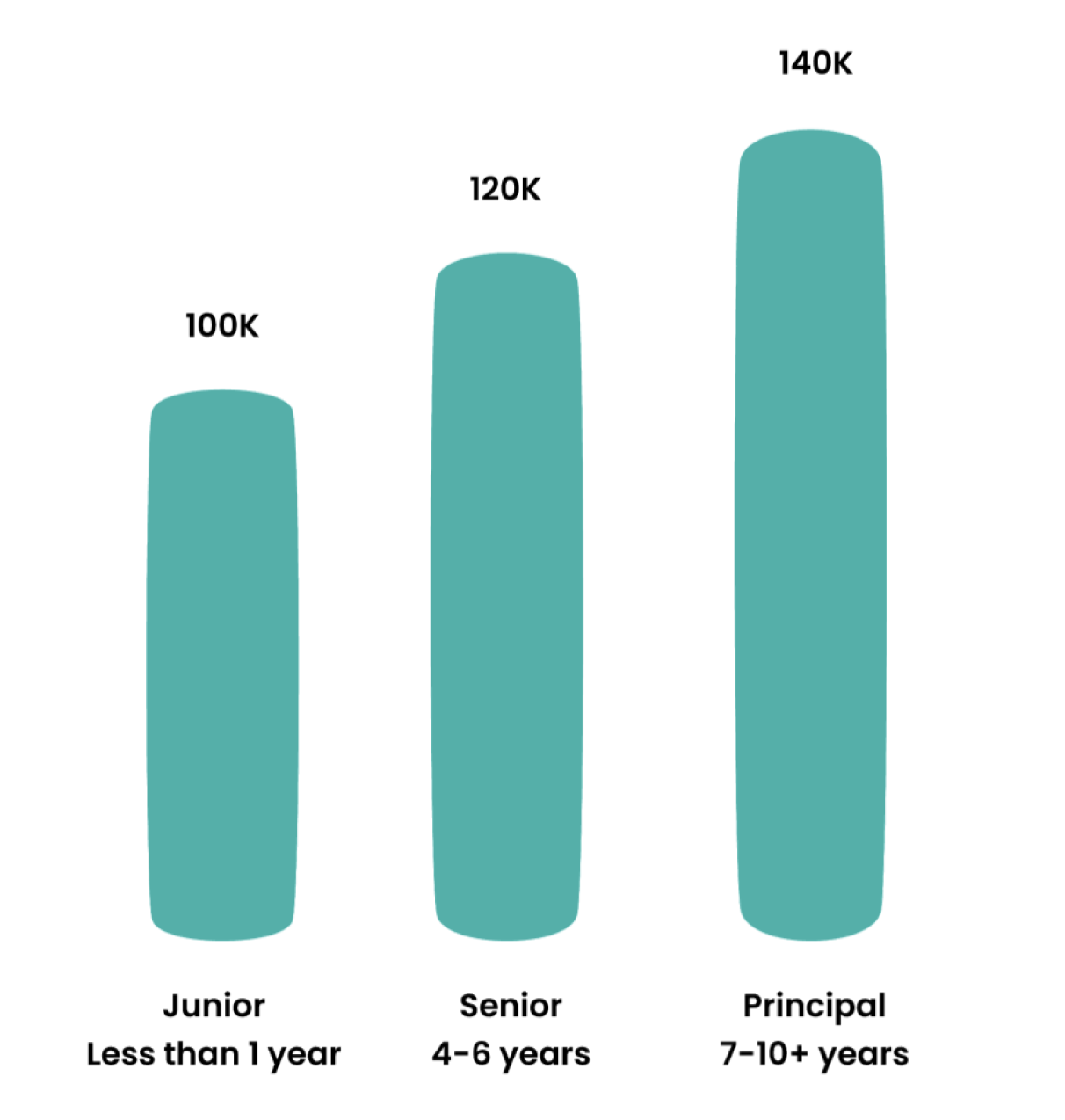How to build a career in content design
Contents
Content design careers are on the rise
The current state of content design
“[Content design wins over the past year] Gaining a larger seat at the design table. Convincing designers that I can also design and contribute at earlier stages in the design.”
― Senior UX writer, USA.
Experience and salary expectations
The design skills you need to sharpen
UX writing
“UX writing, in particular, is an essential part of the design process because it can dramatically improve user engagement concerning digital products.”
― Why small words matter: the importance of microcopy UX, Toptal.
7 principles of UX writing
UX research
The importance of mindset
“Empathy fuels connection. Sympathy drives disconnection.”
― Dr. Brené Brown.

Get free career coaching




